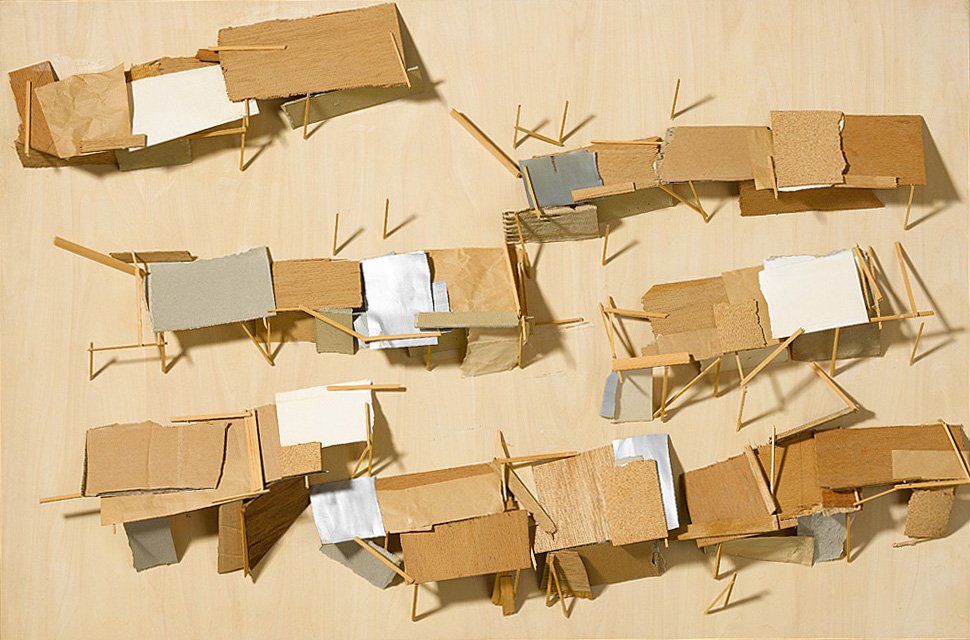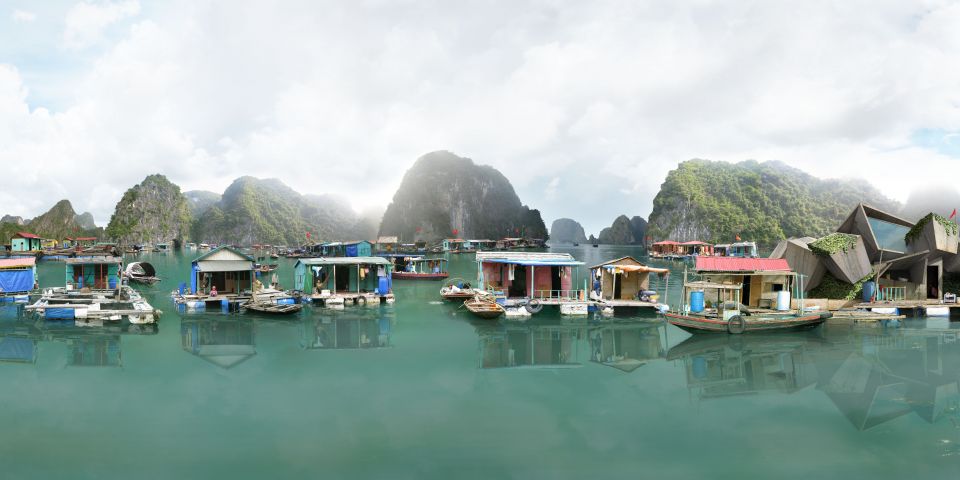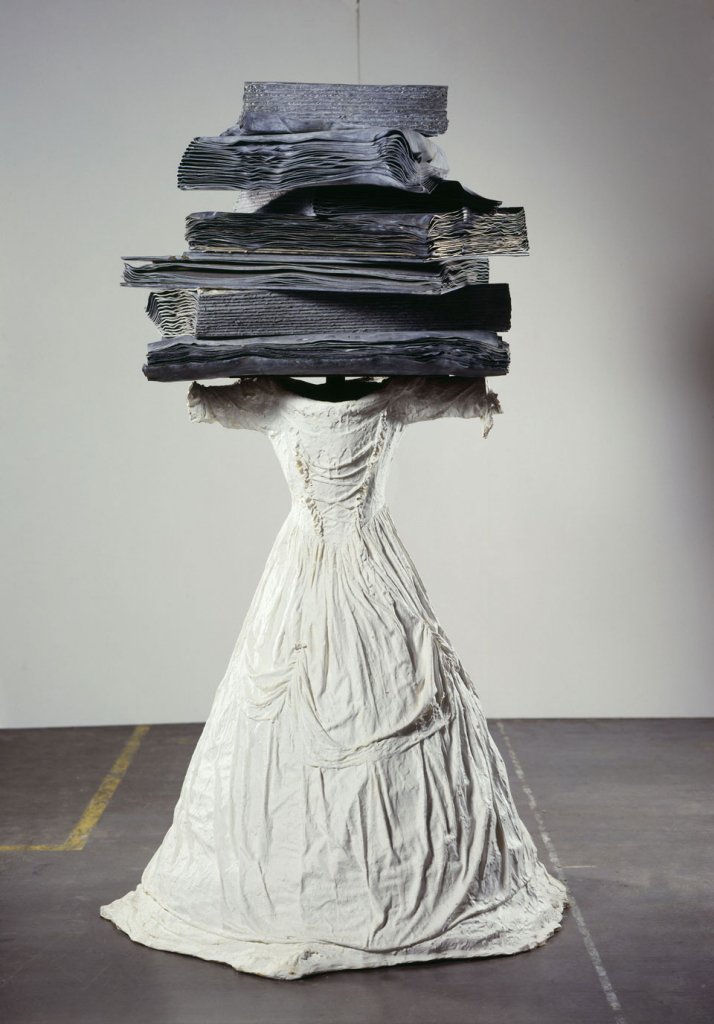
- Artist:
- Tadashi Kawamata
- Date:
- 1989
- Technique:
- Timber, wood, aluminium and card
- Dimensions:
- 82,2 x 123 x 18,5 cm
- Origin:
- Es Baluard Museu d'Art Contemporani de Palma, Ajuntament de Palma collection long-term loan
- Registration number:
- 416
- Acquisition year:
- 2004
- Exposed:
- No
Tadashi Kawamata creates projects that border on the installation and architecture, artistic interventions centred on urban networks. In spite of this, his work is not limited to a study of architecture – by contrast, he also involves the social aspects of the regions in which he is working. He usually produces models and installations in situ using wood, as in the case of Favela plan, which is a study of the architectural forms and typologies of the favela in São Paulo. The favela is a very widespread type of neighbourhood in the most densely-populated areas of the city centres of Brazil, and is recognisable for the precarious nature of the materials used but also for its ingenious construction.
The drawings or models for his creations are not conceived solely as preparatory sketches or models, but are individual works which shape each of his creative processes, conceptual projects, works in progress covering aspects related to the sociology, memory and psychology of the inhabitants of the place where he focusses and develops his lines of research.
P.R.
Lives and works between Paris and Tokyo. Situated between architecture and installations, Tadashi Kawamata’s projects are presented with the clear intention to transform the environment in an investigative work that involves the concepts of construction and destruction. The city is his main theme for reflection and he depicts simulations of urban situations that reference the almost imperceptible chaos of modern cities that is hidden behind rational urban planning and construction. In references to history, landscape, architecture and the lifestyle of the residents of each place, he uses local and recycled materials.
Kawamata has participated in the Venice Biennial (1982), the Documenta of Kassel (1987, 1992), the São Paulo Biennial (1987), the Sydney Biennial (1998) and the Valencia Biennial (2003). He has created interventions in the most diverse contexts, such as Madison Square Park in New York and in Versailles (2008), the outskirts of Tokyo and the Tiergarten in Berlin (2009) and the Centre Pompidou in Paris (2010). His work forms part of public and private collections like those of the Hara Museum of Contemporary Art, Tokyo, National Museum of Art, Osaka, National Gallery, Ottawa, Museum of Fine Arts, Boston, and others. He was the director of the Yokohama Triennale (2005) and taught at the Tokyo University of the Arts. At present, he teaches at the École nationale supérieure des beaux-arts in Paris.
E.B.





